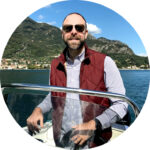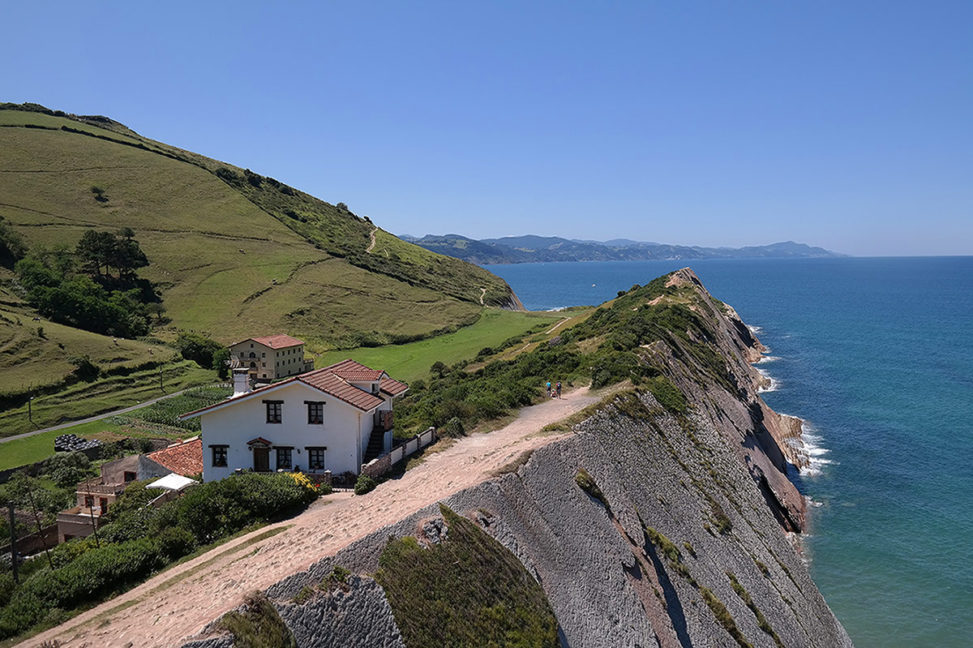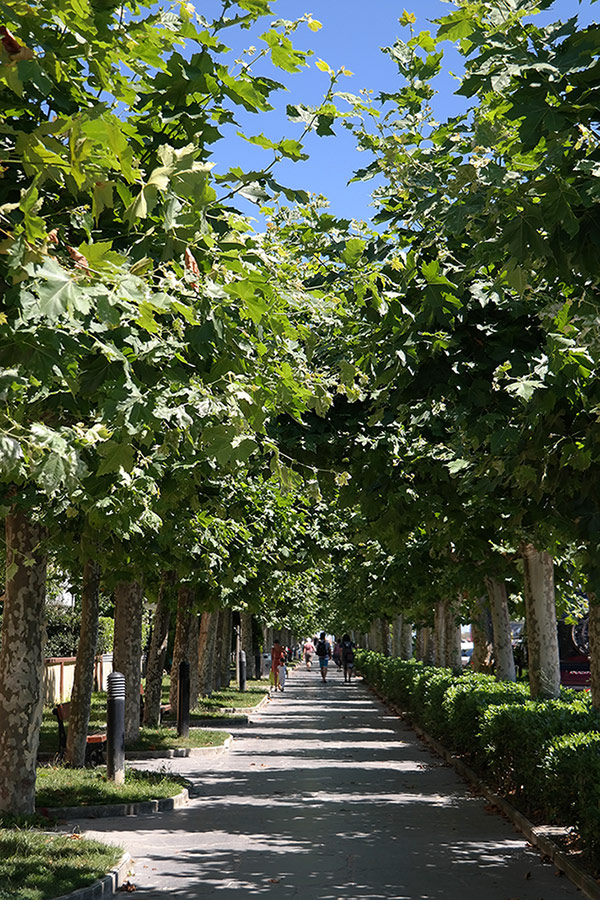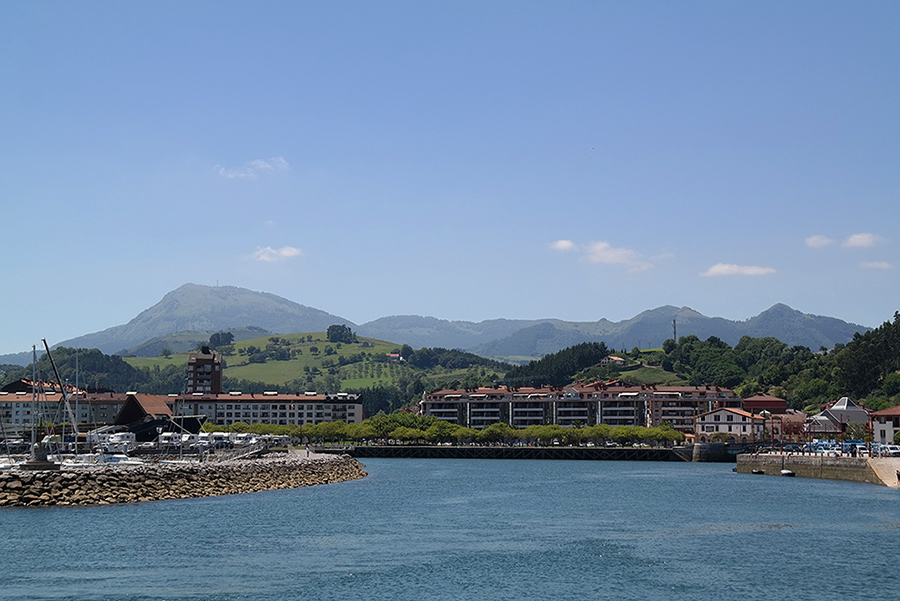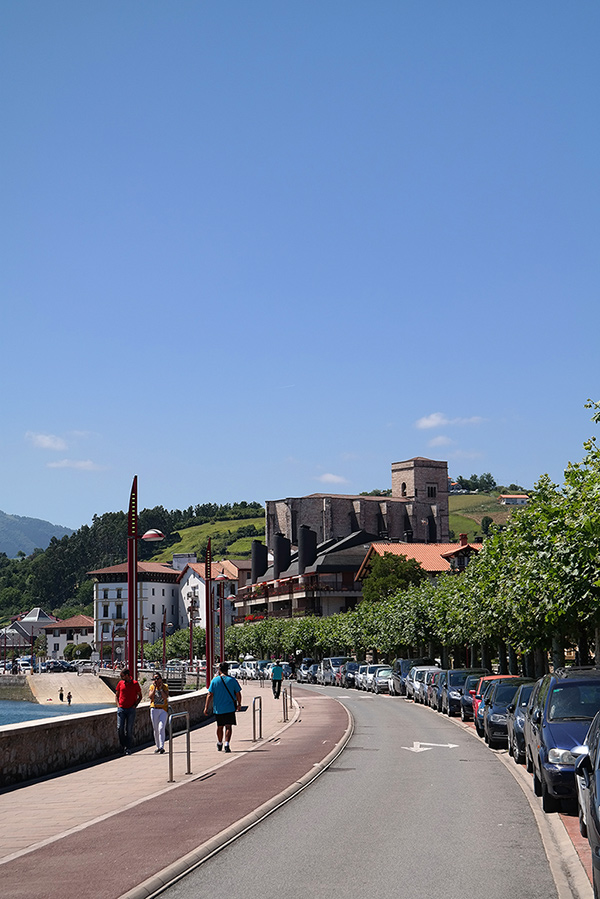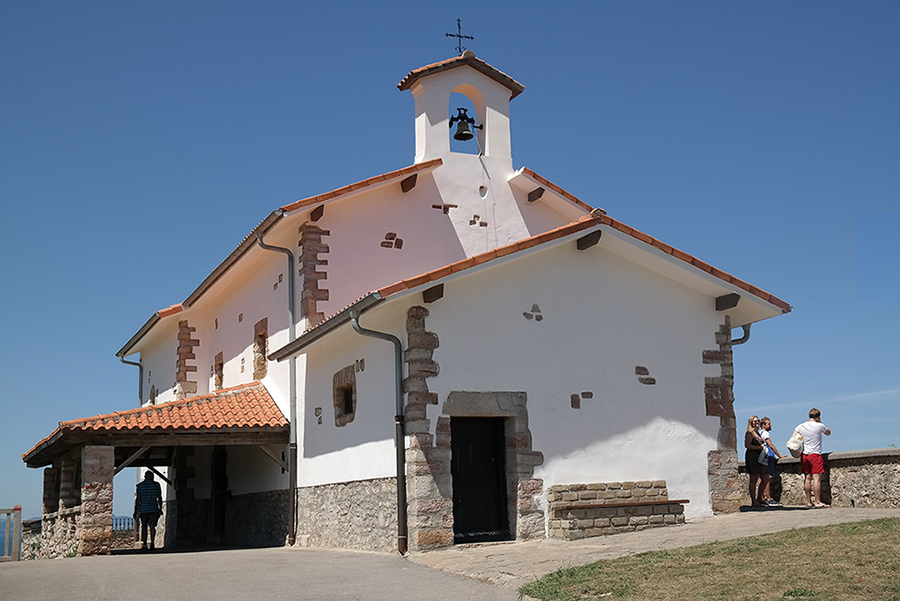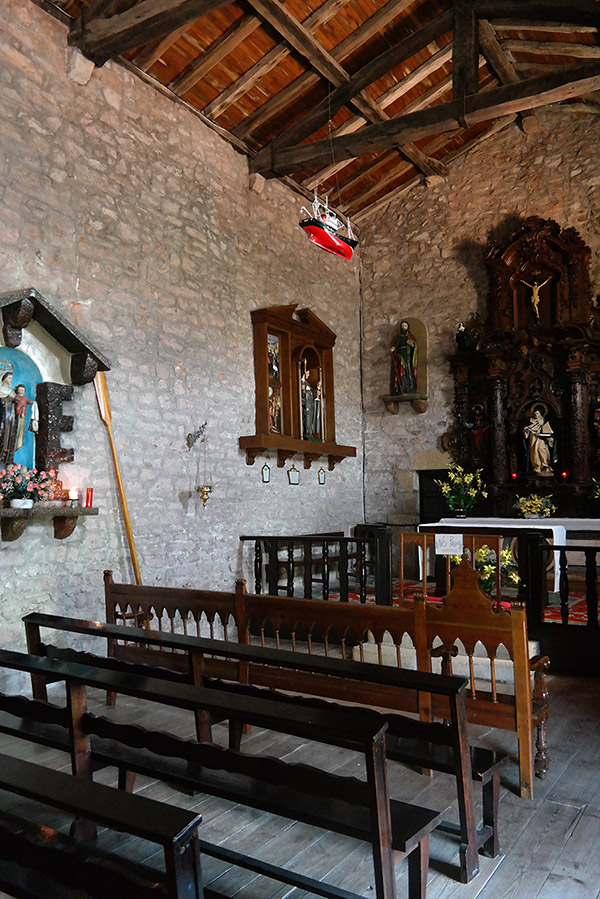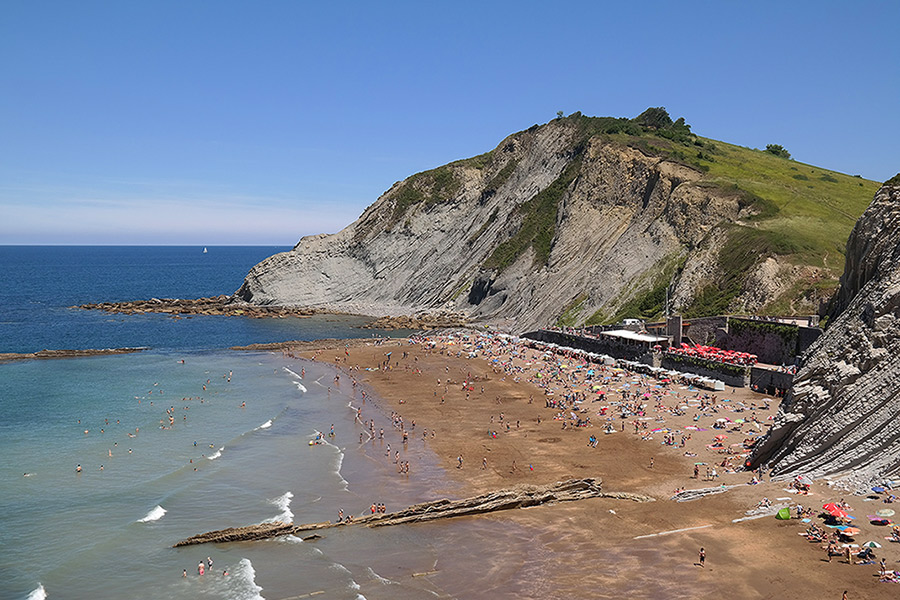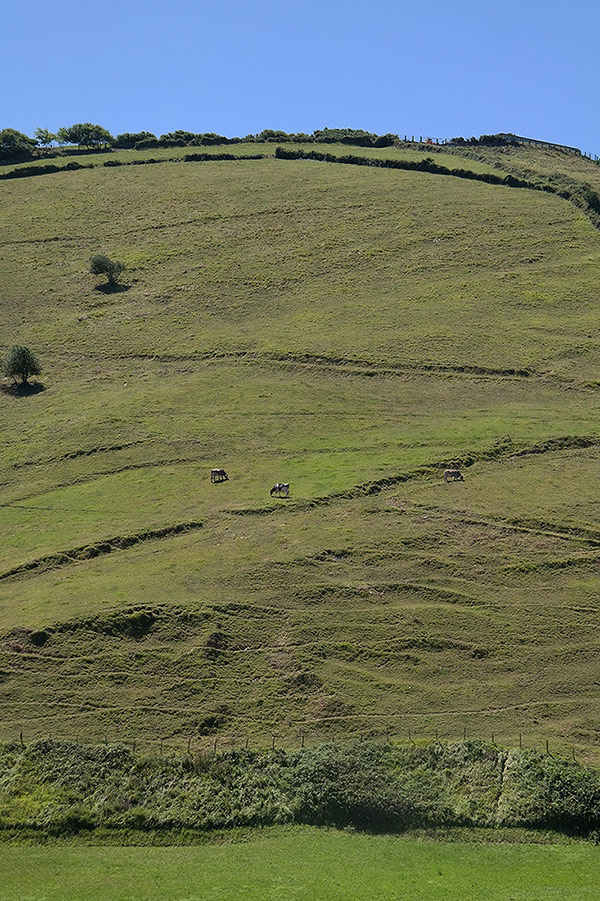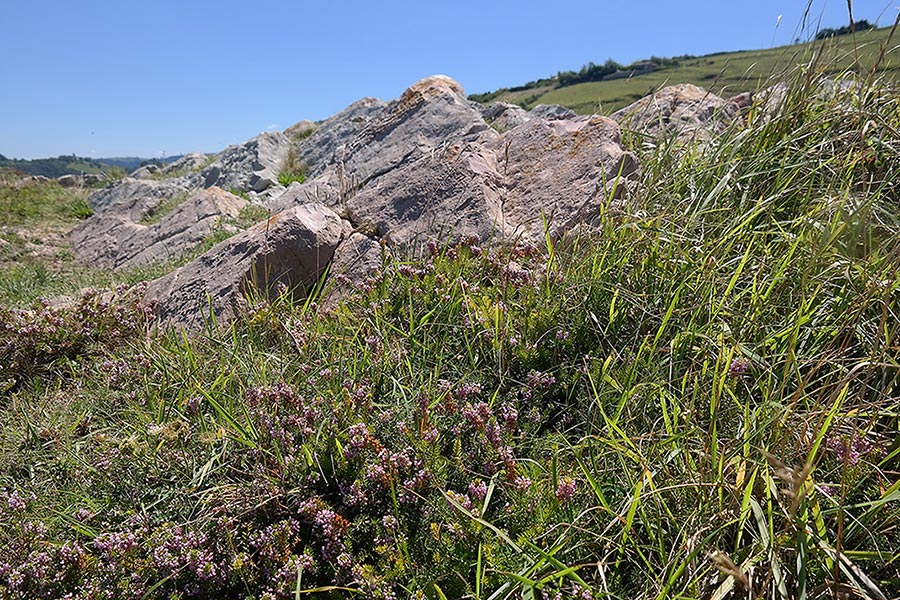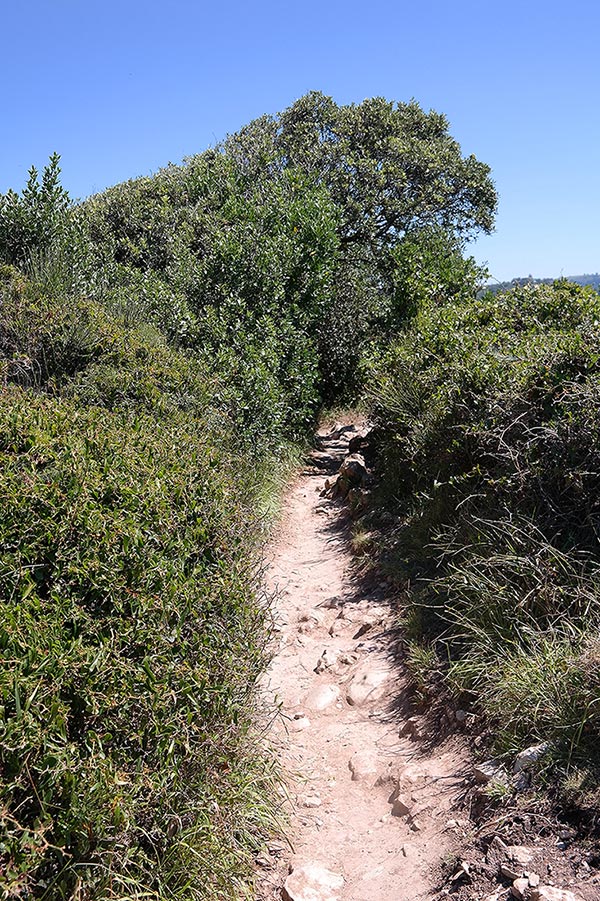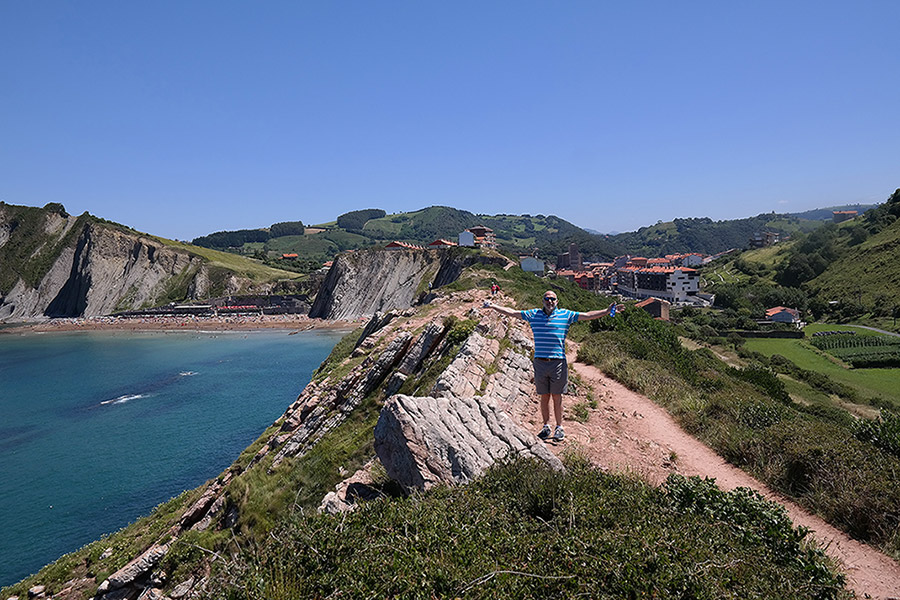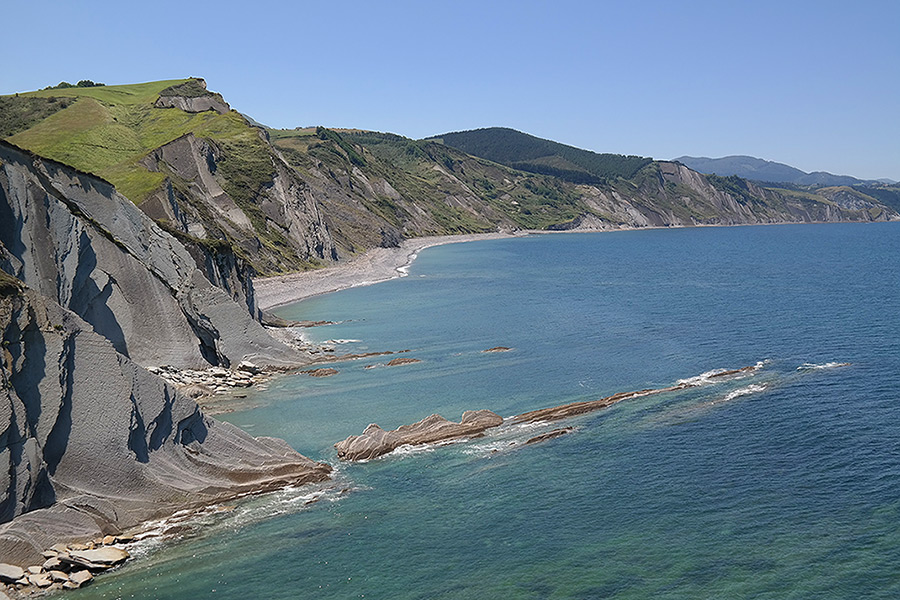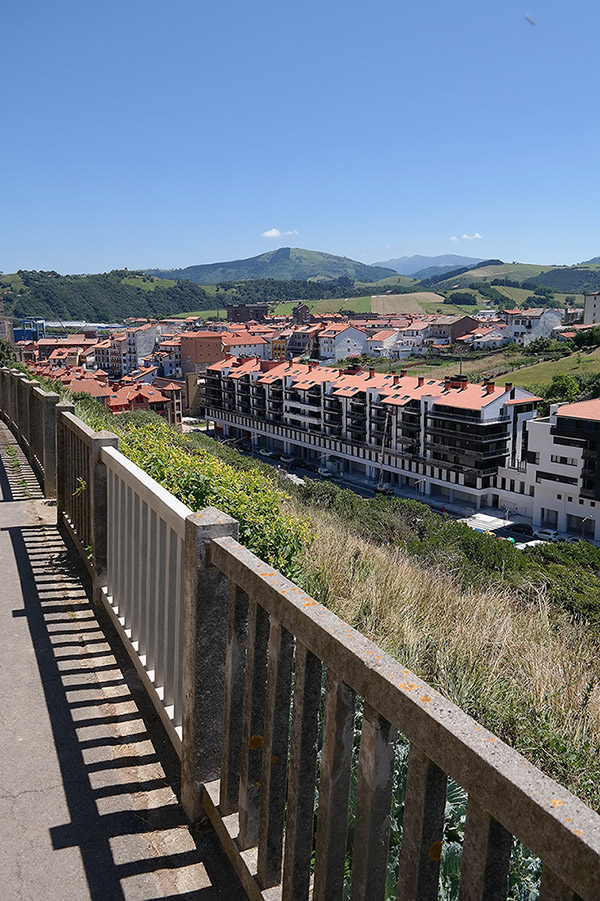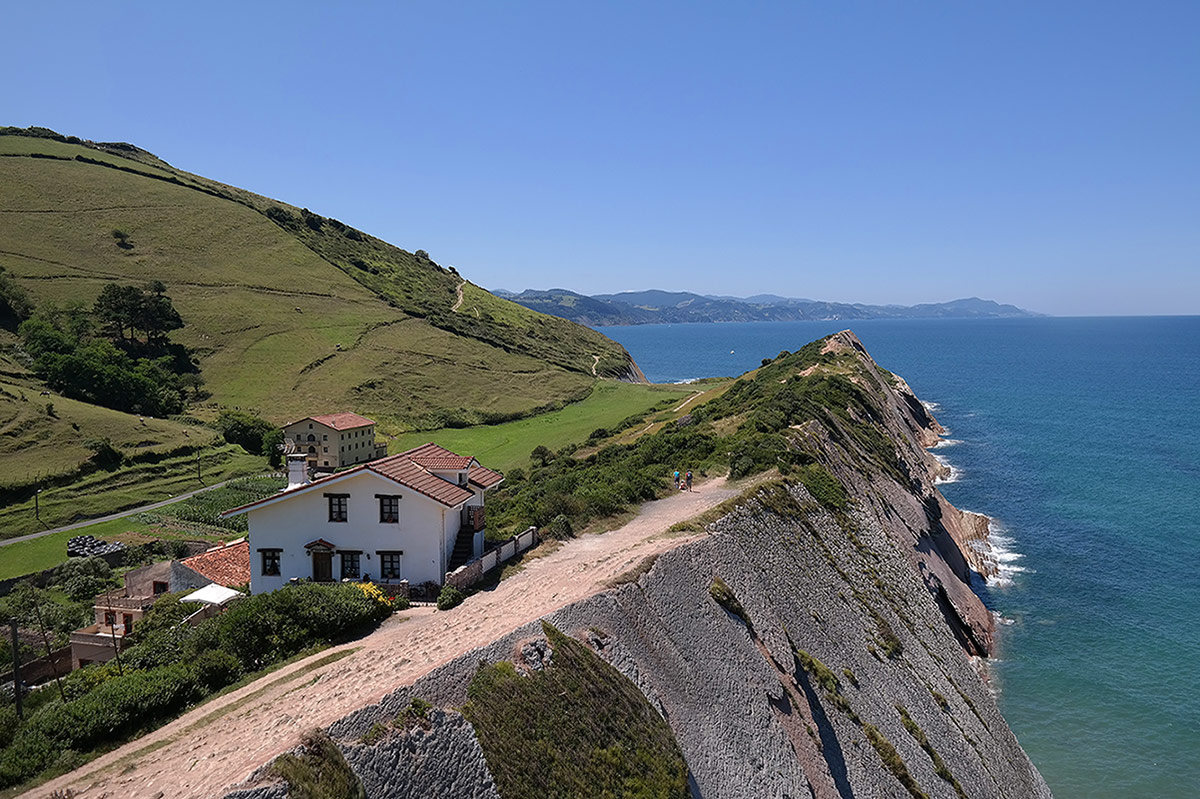Set within the Basque Coast Geopark, the Ruta del Flysch offers visitors 13 miles of scenic coastal trails, access to secluded coves, close-up views of some remarkable rock formations, and a chance to see over 60 million years of Earth’s history in the making.
The Basque region is situated at the intersection of the Western Pyrenees and the Atlantic Ocean. Positioned literally along the brink of this formidable mountain chain, the Ruta del Flysch boasts miles of wave-cut cliffs (flysch) that, over millions of years, have surfaced from the Bay of Biscay and pushed upwards due to tectonic movement. These flysch cliffs reveal important moments from our planet’s past, such as the impact of the giant asteroid that caused the extinction of the dinosaurs 65 million years ago, represented by a thin black layer deep in the rock strata. Wow!
The Geopark hugs the coast between the charming seaside towns of Mutriku, Deba, and Zumaia. The Ruta del Flysch, which is actually made up of five smaller trails, connects the towns of Deba and Zumaia. We were staying one town over from Zumaia and were easily lured in by its laidback beach-y vibe, medieval old town, and picturesque plane tree-lined streets.
The Ruta del Flysch’s Algorri Trail begins at the tiny, whitewashed San Telmo Hermitage, perched high above Zumaia on an escarpment gallantly overlooking the Bay of Biscay. The chapel, aptly named for the patron saint of sailors, served as a religious sanctuary during Zumaia’s days as a whaling outpost. Villagers would watch for ships returning from whaling expeditions and pray for their loved ones’ safety at sea. A miniature sailing vessel still hangs from the roof of the chapel—a relic and reminder of Zumaia’s days of yore.
The San Telmo Hermitage also overlooks Itzurun Beach, accessible from the town via a canopied walkway that cuts through the cliffs. The beach is surrounded by towering flysch strata, which also extend out into the ocean creating natural jetties that protect swimmers from rough surf. From high above gazing down, I loved how all the beachcombers looked like rainbow sprinkles, with their colorful swimsuits and beach gear.
Setting out on the Algorri Trail, we descended a small slope connecting the church with the relatively level one-mile path. The trail follows the ridge of a continuous hunk of flysch stretching out into the ocean. To the left were vistas of verdant hills against blue sky with grazing livestock dotting the land. To the right were sweeping views of the serpentine Basque coast. Perky flowering succulents and coastal scrub lined the trail, while slabs of flysch poking through the earth guided us like arrows along the footpath.
The trail ends at a narrow promontory surrounded on three sides by water. From here you can scale steep cliffs to reach a path connecting the Algorri with the Elorriaga Trail (the next in the series of five). Instead, we just marveled at the incredible panorama of undulating emerald hills ending abruptly in sheer, perpendicular flysch cliffs dropping to the turquoise sea below. This dramatic scene went on for miles.
We eventually made our back to the church of San Telmo and down to the car. Giddy from our morning’s adventures, and with the bluest of blue skies overhead, we departed Zumaia ready to seize the rest of our day.
(Last visited in August, 2016)

